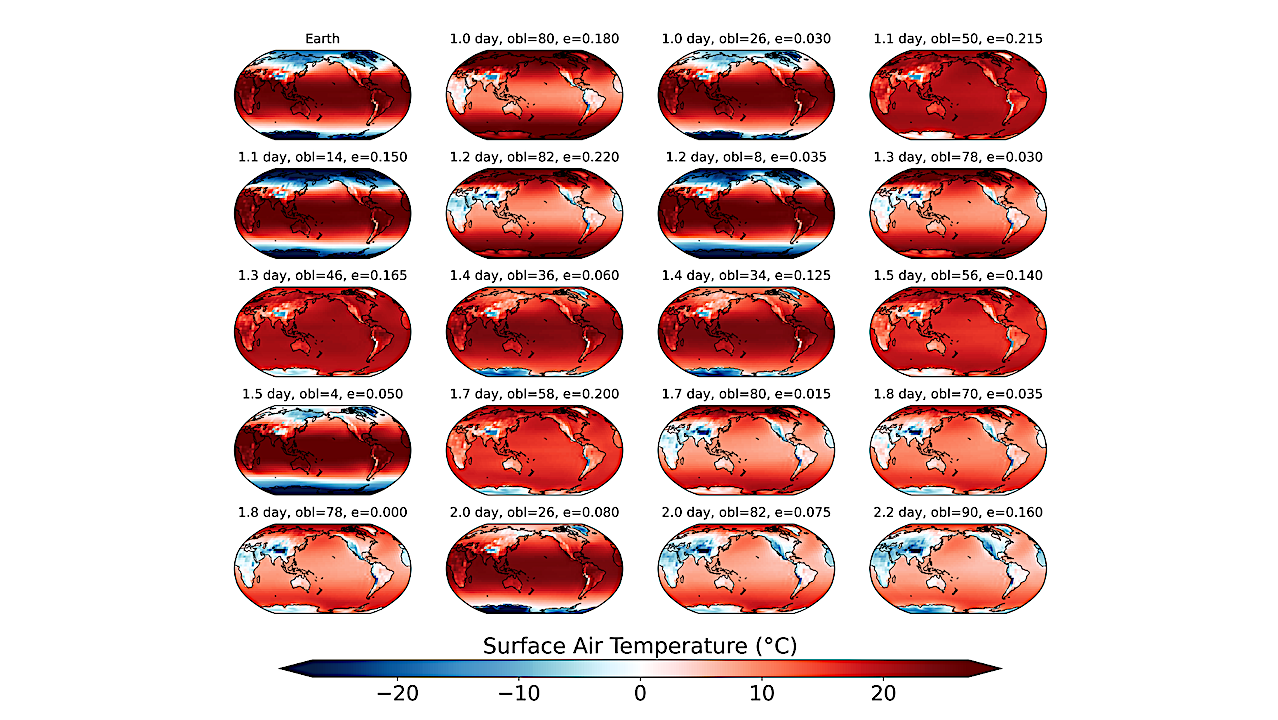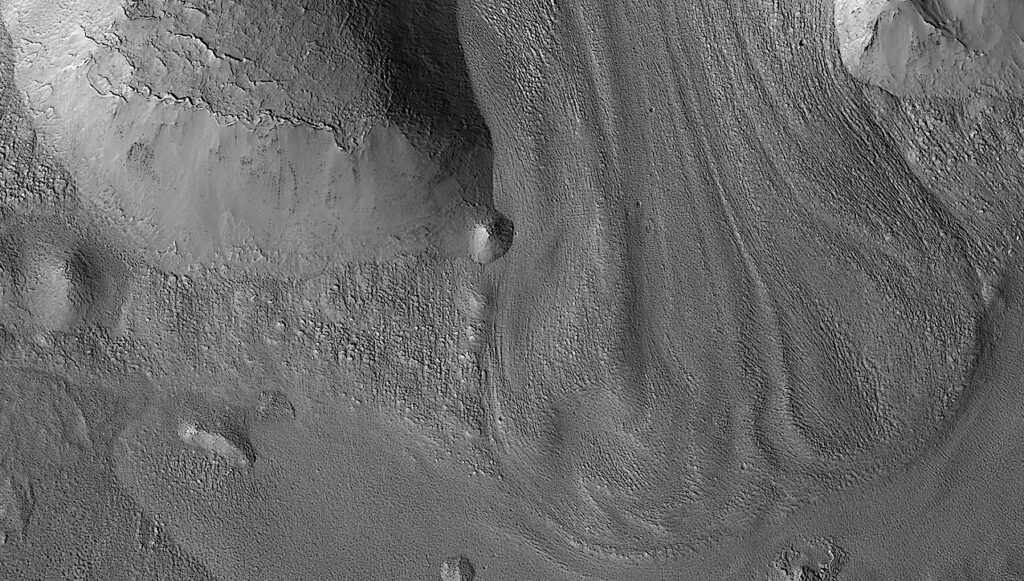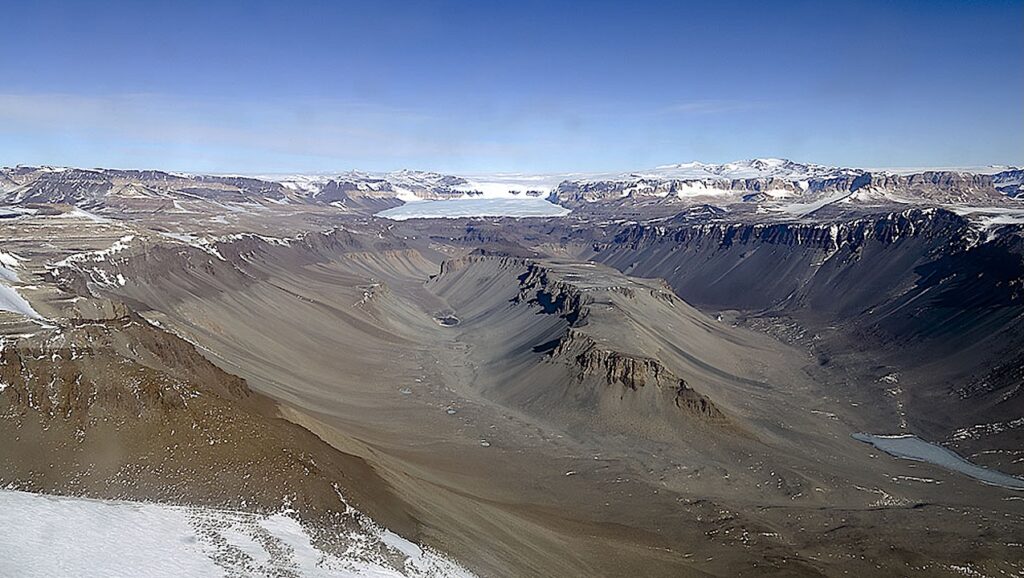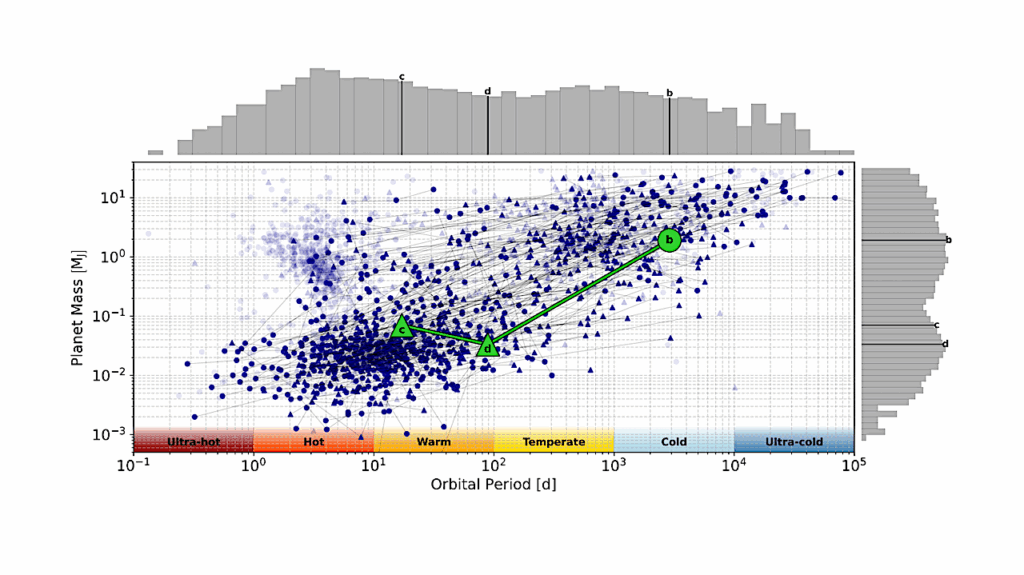Habitability in 4-D: Predicting the Climates of Earth Analogs across Rotation and Orbital Configurations

Earth-like planets in the circumstellar habitable zone (HZ) may have dramatically different climate outcomes depending on their spin-orbit parameters, altering their habitability for life as we know it.
We present a suite of 93 ROCKE-3D general circulation models (GCMs) for planets with the same surface conditions and average annual insolation as Earth, but with a wide range of rotation periods, obliquities, orbital eccentricities, and longitudes of periastra.
Our habitability metric fHZ is calculated based on the temperature and precipitation in each model across grid cells over land. Latin Hypercube Sampling (LHS) aids in sampling all 4 of the spin-orbit parameters with a computationally feasible number of GCM runs. Statistical emulation then allows us to model fHZ as a smooth function with built-in estimates of statistical uncertainty.
We fit our emulator to an initial set of 46 training runs, then test with an additional 46 runs at different spin-orbit values. Our emulator predicts the directly GCM-modeled habitability values for the test runs at the appropriate level of accuracy and precision. For orbital eccentricities up to 0.225, rotation period remains the primary driver of the fraction of land that remains above freezing and with precipitation above a threshold value.
For rotation periods greater than ∼20 days, habitability drops significantly (from ∼70% to ∼20%), driven primarily by cooler land temperatures. Obliquity is a significant secondary factor for rotation periods less than ∼20 Earth days, with a factor of two impact on habitability that is maximized at intermediate obliquity.
Arthur D. Adams, Christopher Colose, Aronne Merrelli, Margaret Turnbull, Stephen R. Kane
Comments: Accepted for publication in the Astrophysical Journal
Subjects: Earth and Planetary Astrophysics (astro-ph.EP)
Cite as: arXiv:2412.19357 [astro-ph.EP] (or arXiv:2412.19357v1 [astro-ph.EP] for this version)
https://doi.org/10.48550/arXiv.2412.19357
Focus to learn more
Submission history
From: Arthur Adams
[v1] Thu, 26 Dec 2024 21:39:04 UTC (25,140 KB)
https://arxiv.org/abs/2412.19357
Astrobiology,








